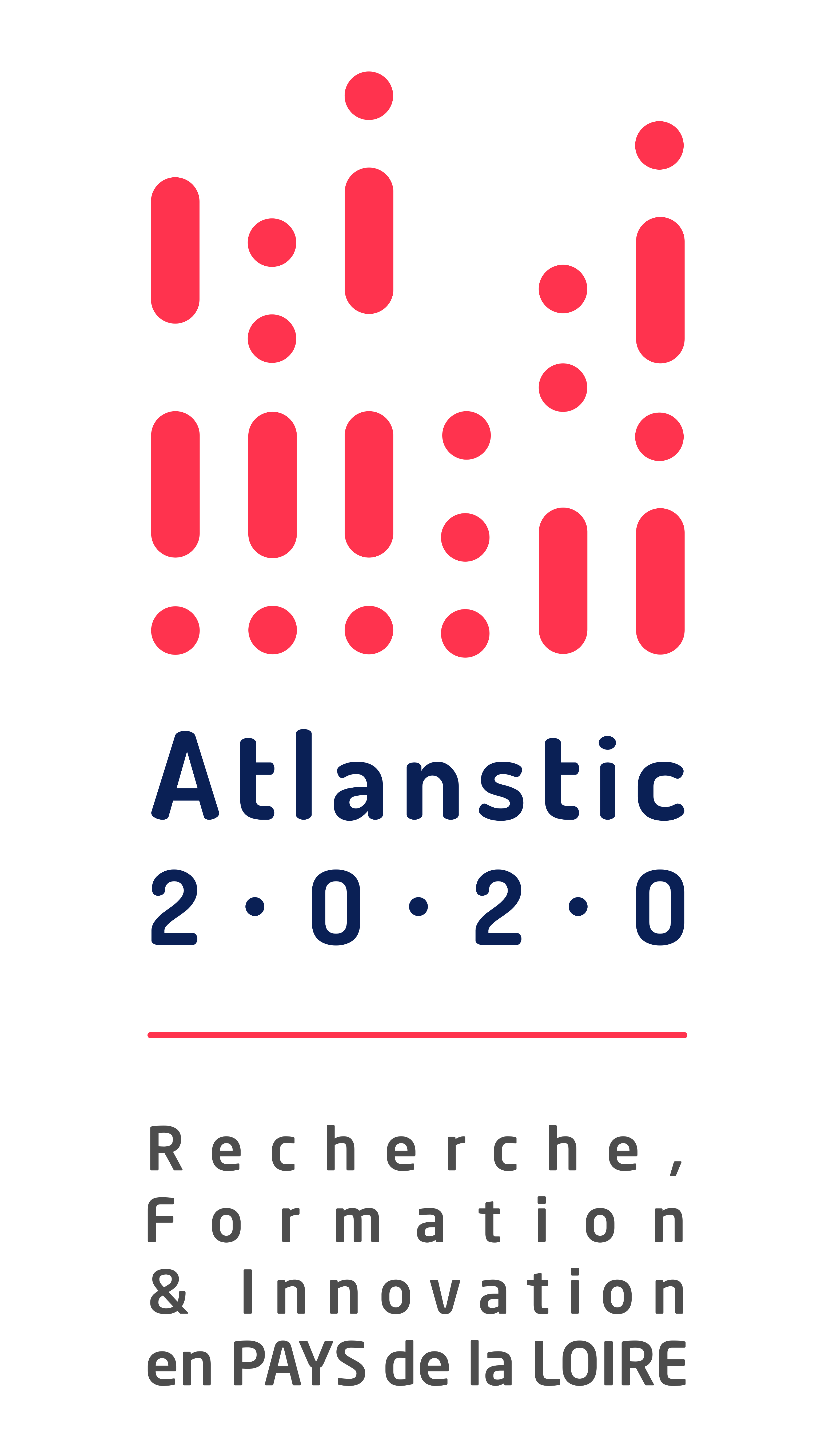
Research Interests
Domain-Specific Modeling: domain-specific modeling languages, interactive low-code editors, automatic code generation, model transformation, collaborative modeling
Digital Twins: discrete-event simulation, modeling and simulation, co-simulation, digital twin architecture, reinforcement learning, data synthesis, cyber-bio-physical systems
Research Methodology: model-driven engineering, prompt engineering optimization, LLM-based assistants, systematic review, data science
Applications: embedded platforms, smart buildings, automotive, education, controlled environment agriculture
Software
Several software development projects are available on our GitHub organization .
Gentleman is a lightweight web-based projectional editor that allows you to create and manipulate concept-based models through projections.
AToMPM is the modeling tool we are developing at the University of Montreal in collaboration with McGill University, the University of Antwerp, and the University of Alabama. AToMPM is a research framework from which you can generate domain-specific modeling web-based tools that run on the cloud. Visit AToMPM.
ReLiSReLiS stands for "Revue Littéraire Systématique" which is French for "Systematic Literature Review". When a researcher wants to address a research problem, he starts by looking at what already exists in the scientific literature (published papers) on the topic. ReLiS is a tool that helps him considerably reduce the effort to analyze the corpus of papers, typically varying between hunderds and thousands depending on the research topic. ReLiS allows the user to follow a systematic process and auto
BiBler is a software for managing references to scientific articles using BibTeX. Not only is it a fully functional software, the tool has been entirely modeled and synthesized in Python. It is used for educational purposes in order to understand how to generate a complete application from UML models in an agile and test-driven environment.
TxtMETxtME is a stand-alone web-based customizable domain-specific textual modeling editor. It provides built-in handy IDE features, such as syntax highlighting, automatic text completion, and error detection. Download TxtME.
T-CoreT-Core is a python framework for building your own domain-specific model transformation languages. Download the T-Core package.
Projects
|
|
Training to transform: techno-pedagogical kit for teaching electricity and magnetism Entente Canada-Québec pour l’enseignement dans la langue de la minorité et des langues secondes 2025 ‒ 2026 |
|
|
Development of a fun simulation kit for learning about geological phenomena Entente Canada-Québec pour l’enseignement dans la langue de la minorité et des langues secondes 2025 ‒ 2026 |
|
|
Better teaching, better support: Ethical and responsible use of generative AI in education Entente Canada-Québec pour l’enseignement dans la langue de la minorité et des langues secondes 2025 ‒ 2026 |

|
Integration of AI into a cybersecurity solution MITACS BSI In partnership with CyberPNM 2025 ‒ 2026 |

|
Integration of Thermoform kitchen products in Stable Diffusion MITACS BSI In partnership with Thermoform d'Amérique 2025 |
|
|
Matériathèque numérique (Digital material library) Pôle d’enseignement supérieur pour la petite enfance en Montérégie Innovation et développement de Reconnaitre In partnership with CEGEP de Valleyfield 2023 ‒ 2024 |

|
Digital Twins for Vertical Farming NSERC Alliance 2022 ‒ 2024 |

|
Multi-paradigm digital twin framework for biophysical systems: Application to vertical farming MITACS Accelerate 2022 ‒ 2023 |
|
|
Inference of simulation models in Digital Twins by reinforcement learning IVADO Postdoctoral Research Funding 2021 ‒ 2023 |

|
Optimization of task sequencing and allocation MITACS Accelerate In partnership with National Bank of Canada 2021 ‒ 2022 |

|
Semantic versioning of model changes in decision support systems MITACS Accelerate In partnership with Technology Evaluation Centers 2020 ‒ 2022 |

|
Constraint resolution as primitive operator for multi-paradigm model transformations Recherche, Formation & Innovation en Pays de Loire, AtlanSTIC 2020 In partnership with ESEO-Tech and IVADO 2020 ‒ 2021 |

|
From domain-specific languages to domain-specific environments NSERC Discovery Grant 2020 ‒ 2026 |

|
Management of smart production lines Relations internationales et francophones Quebec-Bavaria In partnership with Fortiss 2018 ‒ 2019 |

|
Improving the modernization of legacy applications NSERC Engage Plus Grant In partnership with Fresche Legacy 2017 |

|
Automating the modernization of legacy applications NSERC Engage Grant In partnership with Fresche Legacy 2016 |

|
Collaborative modeling among cross-domain teams NSERC Discovery Grant 2015 ‒ 2020 |
Activities in Scientific Community
I am involved in the organization of the following events
- SAM program committee chair: System Analysis and Modelling conference (2025)
- MODELS Educator's Symposium chair: ACM/IEEE International Conference on Model Driven Engineering Languages & Systems (2024)
- ANNSIM program committee chair: Annual Simulation Conference – Theory and Foundations of Modeling and Simulation (2023)
- HoWCoM workshop organizer: International Hands-on Workshop on Collaborative Modeling (2021)
- MODELS general chair: ACM/IEEE International Conference on Model Driven Engineering Languages & Systems (2020, 2022)
- ICSE deputy conference chair: IEEE/ACM International Conference on Software Engineering (2019)
- MPM4CPS workshop organizer: International Workshop on Multi-Paradigm Modeling for Cyber-Physical Systems (2019)
- MODELS steering committee member: ACM/IEEE International Conference on Model Driven Engineering Languages & Systems (2017 ‒ 2027)
- MODELS regional publicity chair: ACM/IEEE International Conference on Model Driven Engineering Languages & Systems (2017)
- SCSC program committee chair: Summer Simulation Multiconference (2017)
- GEMOC workshop organizer: International Workshop on The Globalization of Modeling Languages (2016 ‒ 2017)
- PAME workshop organizer: International Workshop on Patterns in Model Engineering (2015 ‒ 2016)
- SCSC proceedings chair: Summer Simulation Multiconference (2014)
- MODELS workshops chair: ACM/IEEE International Conference on Model Driven Engineering Languages & Systems (2013)
- VOLT workshop organizer: International Workshop on Verification and Validation of Model Transformations (2012 ‒ 2016)
- MPM workshop organizer: International Workshop on Multi-Paradigm Modeling (2012)
I have also been part of the program committee of over a 50 conferences, symposia, and workshops. I am also a regular reviewer of over 40 highly ranked journals.

